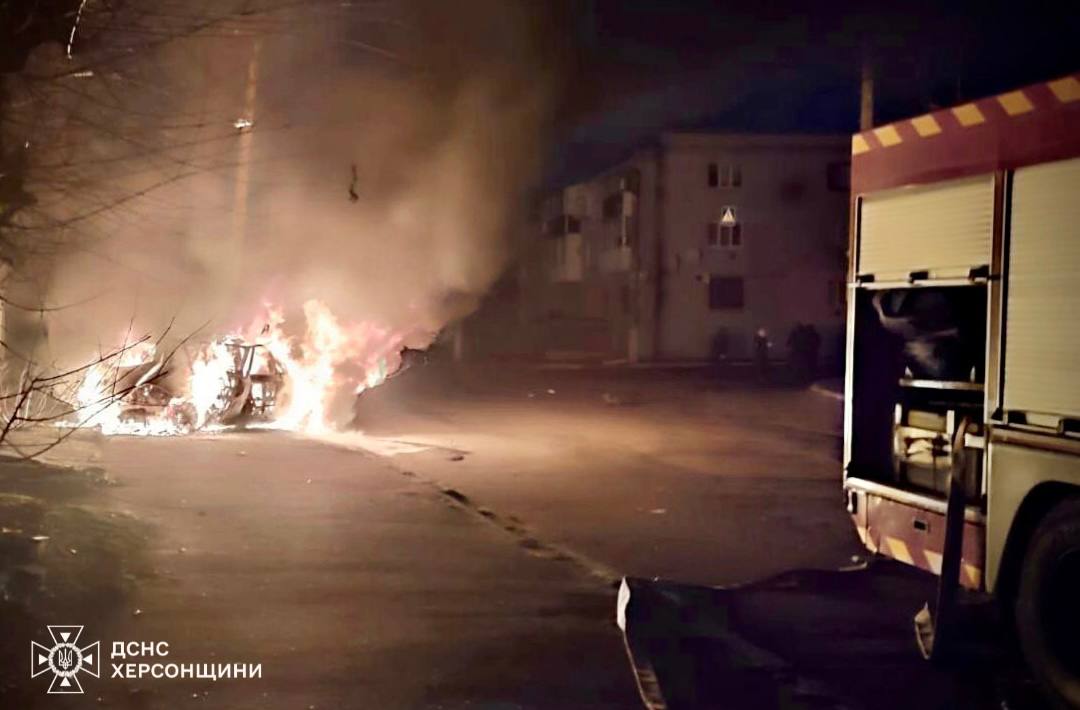To secure territorial gains ahead of US President Donald Trump’s inauguration, potentially as leverage in peace negotiations, Russian forces are intensifying assaults on Kherson City.
Their objective is to cross the Dnipro River and establish a foothold on the Ukrainian-controlled western bank. Unprecedented artillery barrages, aerial bombings, and "human safari" drone attacks are being used to cover these efforts and spread panic—though so far, unsuccessfully.
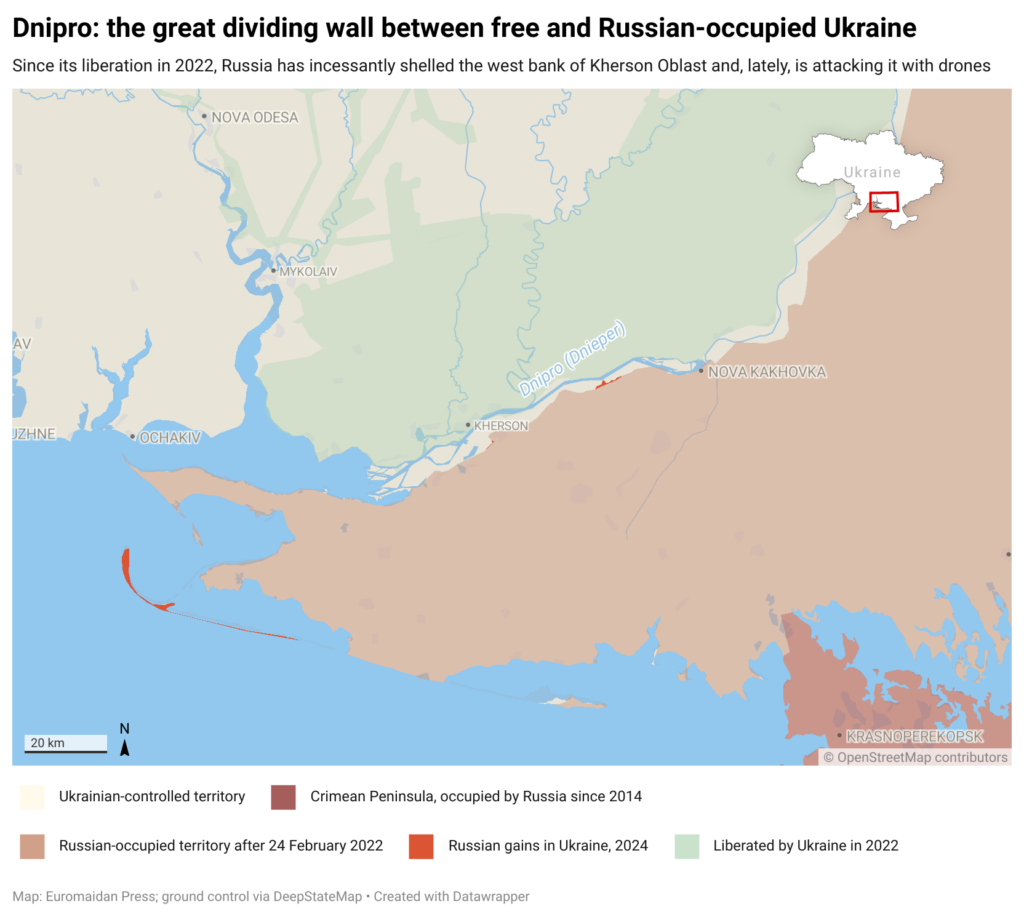
“We have not seen anything like this in almost three years”
Five days before Christmas, the residents of Kherson City woke up before dawn.
“Almost an hour of hell… The roar, earth-shaking, flashes, and horror do not stop for a moment. I write I’m alive and afraid to jinx it,” wrote a Kherson writer and artist Alyona Maliarenko in a Facebook post, hiding in the hallway. “The shelling continues. There is no light.”
Like many Khersonians, Alyona survived nine months of occupation, flood, and two years of shelling, and is used to non-stop explosions. Liberated in November 2022 after nine months of Russian occupation, the city endures daily attacks.
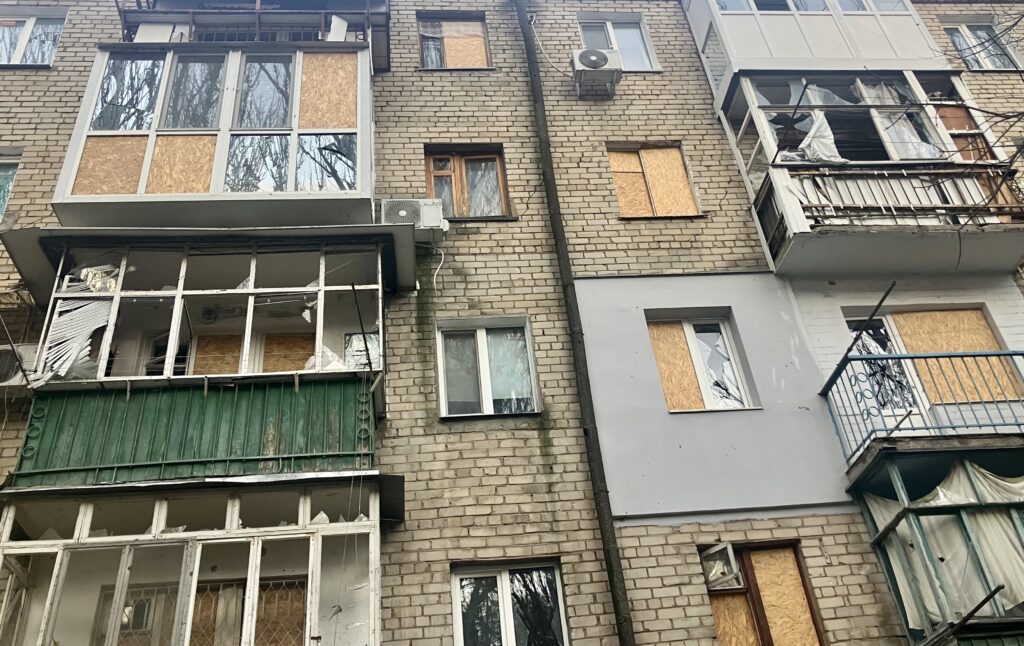
“Since the start of 2024, the Russian army has shelled the Kherson OblAST over 39,000 times, firing approximately 212,000 shells from various weapons. Russian aggression during this period killed 251 people, including one child, and injured 1,838 residents, among them 50 children,” said Oleksandr Tolokonnikov, spokesperson for the Kherson Military Administration, in an interview with Euromaidan Press.
In the summer of 2024, Kherson became the first known site of massive small drone assaults on civilians, a tactic now infamously termed “human safari.” An early Euromaidan Press investigation in August 2024 first highlighted this dystopian form of modern warfare, drawing global attention, yet efforts to halt its escalation remain inadequate.

Russian drones drop anti-tank mines and incendiary napalm-like mixtures and carry out remote mining with anti-personnel mines.
“Drone attacks intensified in early August and injured over 500 residents, mostly in Kherson. Forty-five people died after being injured by explosives dropped or strikes by drones,” said Tolokonnikov.
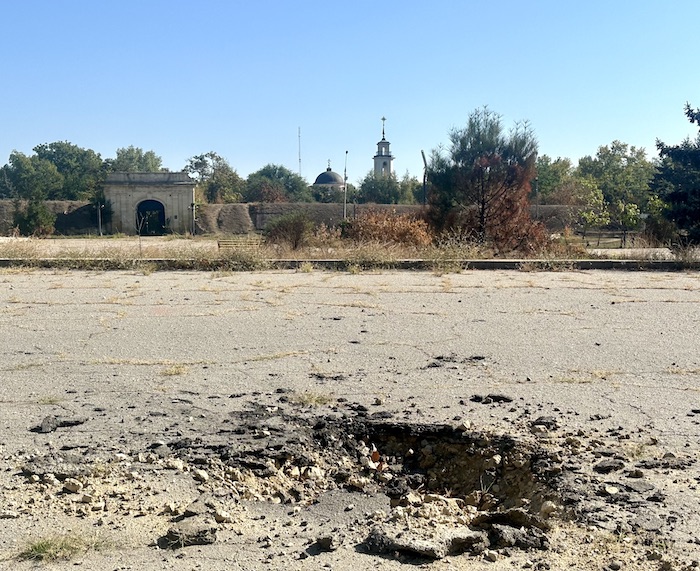
Since the beginning of 2024, the Russian military targeted the Ukrainian-controlled part of the Kherson region with 10,300 drones, with approximately 2,700 attacks per month in spring and fall, according to the Kherson military administration.
Yet, the attack unleashed on the embattled city in the wee hours of the morning on 20 December was unmatched. Russian drones, multiple launch rocket systems, mortars, and artillery attacked every neighborhood.
“We have not seen anything like this in almost three years,” said Liudmila, a resident of downtown Kherson, in an interview.
Over 1,000 shells struck residential areas and infrastructure in just 40 minutes. In a single day, 34 multi-story buildings, 29 private homes, schools, kindergartens, a railway station, an oncology hospital, power lines, vehicles, gas pipelines, garages, and outbuildings were damaged.
Three civilians were killed and 13 injured, victims ranging from 42 to 86 years old, according to the police reports.
Russian forces also dropped ten guided bombs on the region. At 21:50, two aerial guided bombs severely damaged the Oncological Hospital in the Skhidne district of Kherson. The patients and staff hid in the bomb shelter.
“It took us 25 years to build this hospital and one second to destroy,” said Iryna Sokur, the director of the Oncological Center, in an interview with Euromaidan Press. Earlier, Euromaidan Press visited the hospital and established that no military personnel was based there. Russian Telegram channels falsely claimed the hospital was a military target, providing no evidence.
Emergency services and police responded to the attack, collecting evidence, documenting the destruction, and providing assistance to those affected. Ukrainian first responders are constantly targeted by Russian drones and artillery, and two police vehicles were attacked.
“The occupiers turned the city into hell,” wrote the head of the Kherson Military Administration Oleksandr Prokudin. He called for non-mandatory evacuation and warned residents of intensified psy-ops aimed at spreading panic through drone footage circulated on Russian Telegram channels.
In the afternoon, still hearing explosions, Alyona Maliarenko updated her post,
“As it turned out, this is how Russia covered up the attempts of two assault groups to enter Kherson on boats. Dozens of destroyed houses, fires, and who knows how many lives and wounded non-combatants—the price of the morning escalation of imperial ambitions.”
Failed river assaults: “Feeding the crawfish”
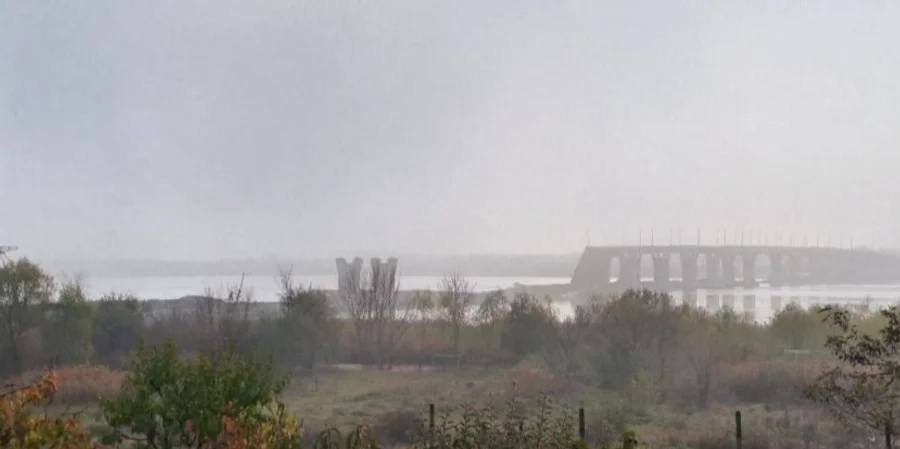
Indeed, the brutal assault was aimed at diverting attention from the Russian military’s attempt to recapture Kherson.
In the dark, under the cover of artillery fire, two small boats carrying Russian sabotage and reconnaissance groups launched from the left bank, aiming to cross the Dnipro in the area of the Antonivskyi Bridge. Barely reaching the middle of the Dnipro, the boats were sunk by the Ukrainian military.
“Two boatloads are now feeding the crawfish,” said a Ukrainian military who took part in the operation, in an interview with Euromaidan Press.
Despite this failure, RBK-Ukraina reported on 23 December that the Kremlin had approved the Kherson offensive.
Overseen by Mikhail Teplinsky, commander of the Russian Airborne Forces, the new operation is to include up to 4,000 Russian troops, including the 61st Separate Marine Brigade and the 7th Airborne Assault Division, units that retreated from Kherson in 2022.
To accomplish the task, Russian forces must cross the Dnipro River, overcoming significant logistical challenges. The Dnipro’s swampy terrain freezes in winter, which could aid the Russian troops’ movement, but the west bank of the Dnipro provides Ukrainian forces with a strategic advantage, as its elevated position allows better visibility and targeting of Russian movements and complicates any Russian advance.
All bridges in the region have been destroyed or heavily damaged. Ukrainian strikes target assembly sites for pontoon crossings. Nevertheless, it is reported that Russia is bringing equipment to construct such crossings.
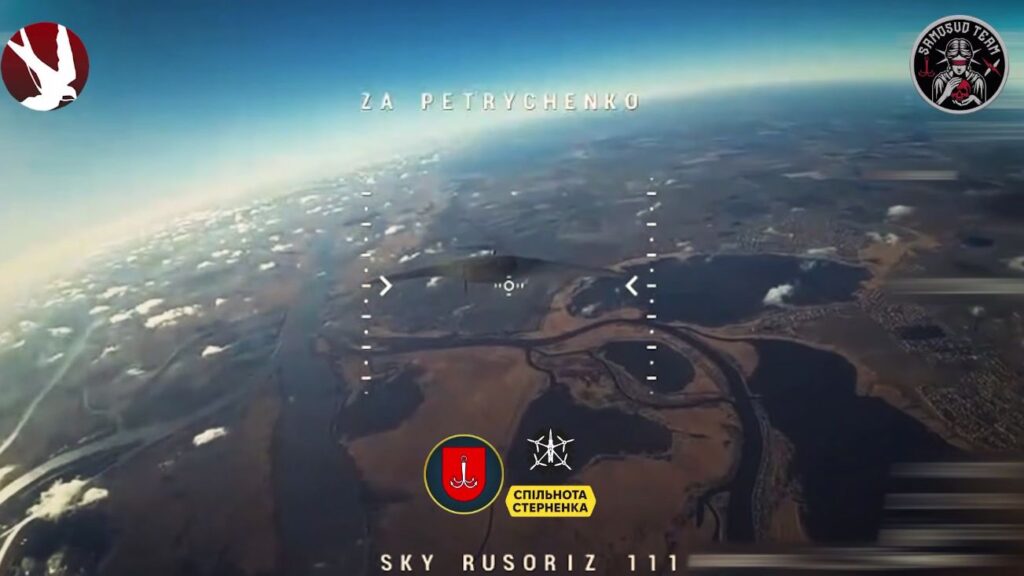
Russian forces have been using small boats, capable of carrying only personnel and light arms, with attacks conducted in groups of 8–12 soldiers, easily detected and targeted by the Ukrainian artillery.
“The Dnipro means death for them,” said Sergey Bratchuk, spokesperson for the Ukrainian Volunteer Army South.
Russians are not ready to conduct a large-scale offensive in the Kherson direction, partly due to the low morale of the Russian soldiers. Reports indicate plummeting morale among Russian troops tasked with these high-risk missions. A committee from the Ministry of Defense of the Russian Federation arrived in the 1196th motorized rifle regiment to deal with the poor discipline of the personnel, including the increase in the number of suicides.
"The Russians understand that their demand to storm the Dnipro is a one-way ticket,” said Bratchuk. “Therefore, there are problems with discipline and lack of motivation. Well, what kind of motivation can there be when you don't even have time to get into the boat, as you are destroyed by the Defense Forces of Ukraine?”
According to ATESH, a partisan movement formed by Ukrainians in September 2022 and operating in the temporarily occupied Ukrainian territories and in the Russian Federation, the Russian troops’ morale deteriorated rapidly. Some commanders share intelligence with Ukrainian forces to disrupt Russian operations as Ukraine offers financial rewards to Russian officers willing to provide critical information.
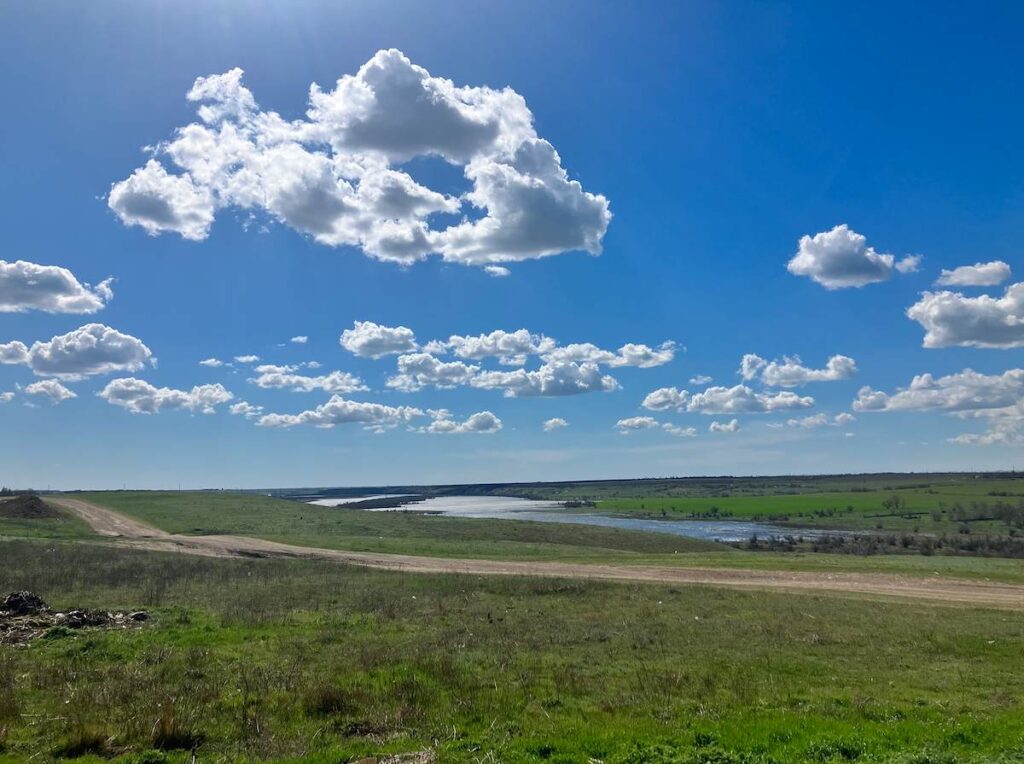
ATESH reports that the Russian military in Crimea is destroying boats to avoid being sent to the Kherson direction for an assault, using their instructions for sabotaging military equipment. They note a rising suicide rate among Russian troops in the region.
Nevertheless, the Ukrainian military observed preparation for more Russian sabotage and reconnaissance groups and assault groups operations.
Russian troops are conducting reconnaissance operations along the Dnipro River coast, from Zabych Island to the Antoniivski automobile and railway bridge, said Vladyslav Voloshyn, Spokesperson of the Defense Forces of Southern Ukraine.
Several Russian assault operations, including attempts to cross the Dnipro River, take place in the Kherson direction every day, according to him, but Ukrainian forces aim to maintain fire control over the entire island zone at the mouth of the Dnipro, despite Russia's artillery advantage.
The Ukrainian forces are aware of the Russian military plans to enter the islands in the “gray area” of the Dnipro River, seize the island bridgehead, create a bridgehead on the west (right) Ukrainian-controlled bank, and control the situation, confirmed Bratchuk.
The violent attack on Kherson did not get coverage from the global press as it coincided with the mass missile attack on Ukraine’s capital. Sadly, the daily destruction of a city that once again finds itself in Russia's crosshairs goes unnoticed by the world.
Related:
- Ukraine deploys demining drones to break Russia’s Dnipro wall
- Russian drones hunt civilians, terrorize Kherson with “human safari”

